|
Sediment and erosion control maintenance needs are inevitable on construction sites. With the nature of construction activity and rainfall events, it is nearly impossible for controls to stay in perfect condition throughout the entire process. However, the more that your team stays on top of maintenance needs and acts proactively, the better the chances are to keep controls functioning and keep your site in compliance. General BMP Inspection Tips: The best way to stay on top of maintenance needs is to conduct routine inspections according to the guidance provided in the Rainwater and Land Development manual. Controls should be inspected daily for general condition and effectiveness. They should also be inspected after each rainfall event and during a prolonged rainfall. If controls aren’t being inspected on a regular basis, it is easy for small maintenance needs to compound and become larger issues over time. Below are 7 common BMP maintenance needs our urban inspectors see out on site and some tips for staying on top:
Fix Tips: If silt fence is downed, it may be able to be retrenched and wrapped around the stakes again. Ensure silt fence is properly trenched and pulled taught. If the geotextile material has been damaged, it will need replaced entirely. 2. Inlet Protection or Curb Stop Damaged Fix Tips: If using a basket or dam style inlet protection, ensure that capture device is secured underneath grate to prevent getting pulled into catch basin or swept into roadway. For curb inlets, ensure that curb stops are installed along rear of the grate to ensure that water cannot enter through the sides or top of the inlet. 3. Compost Filter Socks Flattened / Moved Fix Tips: Replace socks that have been torn or damaged beyond repair. If socks have just become flattened, refill with compost material until they are returned to the appropriate diameter. Encourage your team to use established construction entrances to prevent running over the socks. If the socks are moved for utility or other work on the lot, ensure that they are replaced in the appropriate location as soon as feasible. 4. Sediment Build Up in Street Fix Tips: Sweep the streets any time you notice a significant amount of tracking occurring. Establish a routine street sweeping schedule to prevent heavy accumulation on roadway. Ensure other practices (such as silt fence or filter socks, proper construction entrances) are in place and functioning to help stop sediment tracking in the first place. 5. Compost Filter Berms Blown Out Fix Tips: If you notice sediment is overtopping the berms, the sediment may need to be dug out away from the berm area. It’s best practice to keep the sediment deposit level below ½ of the height of mulch berms or silt fence. If a heavy rainfall knocks down a portion of the berm, make sure that berms are built back up to meet the specifications outlined in the RWLD manual. 6. Maintain Construction Entrance Fix Tips: ODOT 1/2s should be used for construction entrances. Smaller gravel tends to get swept into the roadway with sediment. If the incorrect aggregate is used, this will need to be revised to prevent off site tracking. If a construction entrance is regularly used, the aggregate may need to be replaced to provide ample area to kick sediment off wheels. 7. Concrete Washout Area Full / Needs Cleaned Up Fix Tips: Concrete washout pits should be emptied on a regular basis to prevent overflowing. If pits are dug out in the ground, they should be lined with a tarp to prevent leaching into bare soils. If the liner gets damaged or rolled up, it needs to be readjusted or replaced. The pit should have four walls around (typically lined straw bales). If the walls of the pit are compromised, they need to be rebuilt or replaced. BMP Spotlight Example from the Field: |
Details
Urban team BLOGEvery month, the Warren Co SWCD Urban Team dives deep into the world of land development as it relates to stormwater pollution prevention. The blog covers topics like erosion & sediment control best management practices (BMPs), state and local regulations, retention/detention basins, and the conservation of our natural resources. Stay up to date with Development Digest by signing up for WCSWCD Urban eNews!
Categories
All
Archives
July 2024
|
|
|
Contact:PHONE: (513) 695 - 1337
EMAIL: [email protected] HOURS: Monday - Friday 7:30am - 4:00pm (except holidays) Connect:Warren County Soil & Water Conservation District Copyright © 2016
Warren SWCD Privacy Notice. Emails are serviced by Constant Contact. Constant Contact's Privacy Notice. |
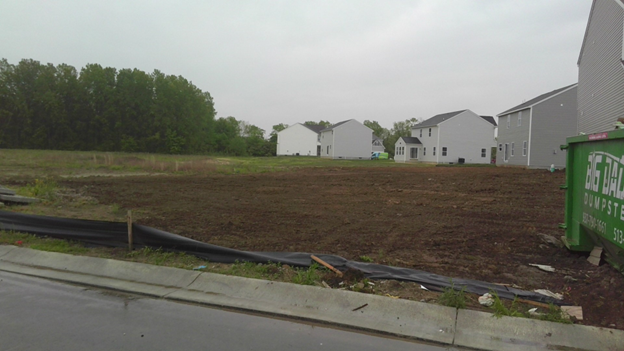
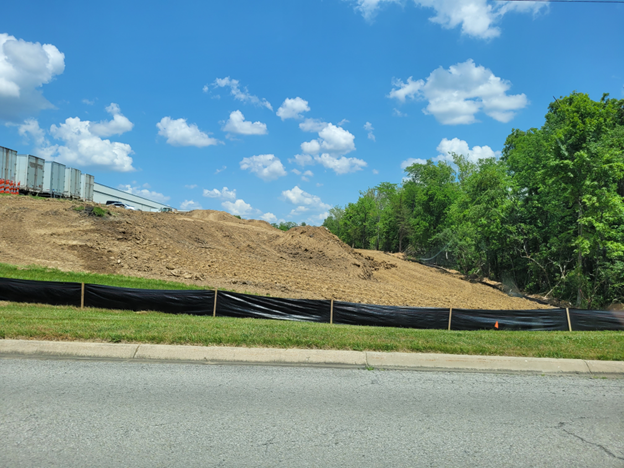
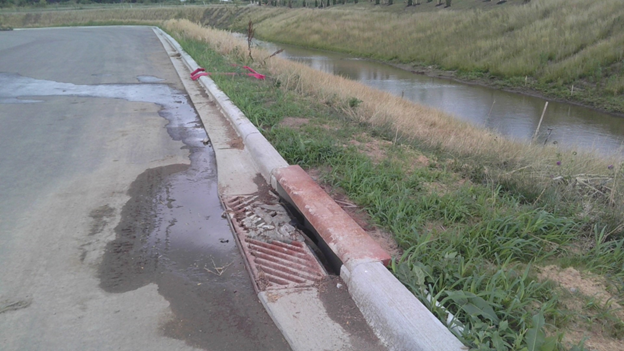
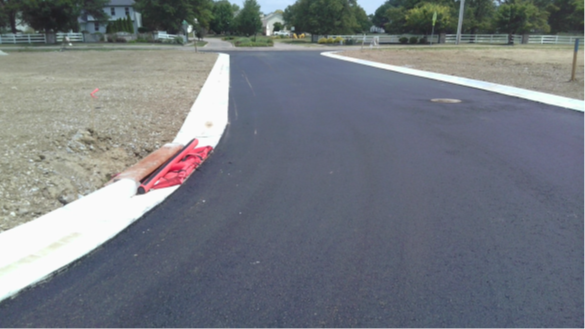
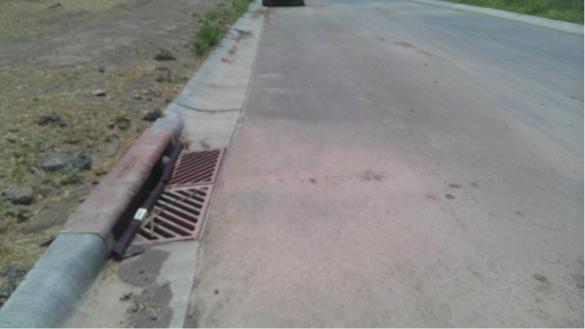
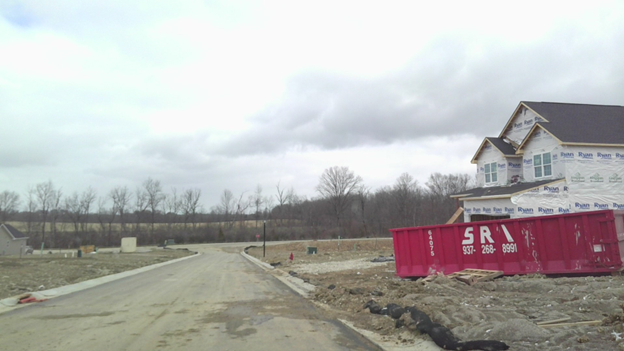
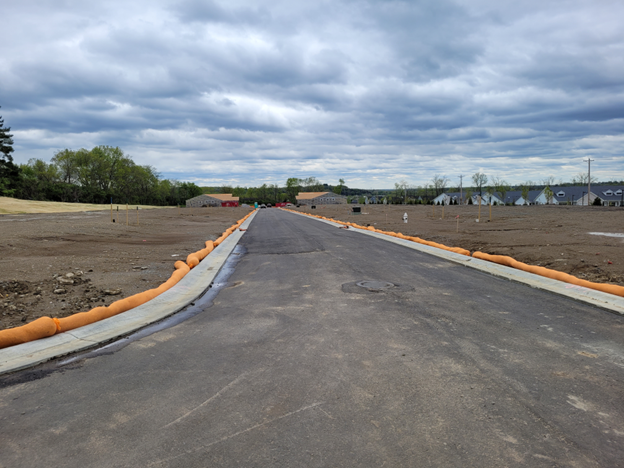
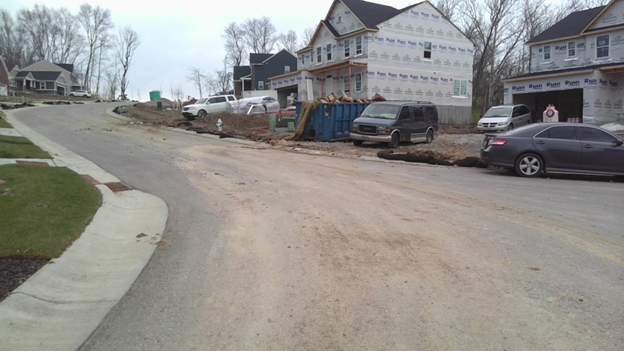
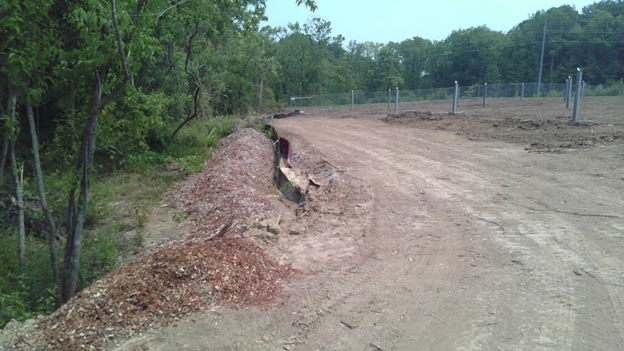
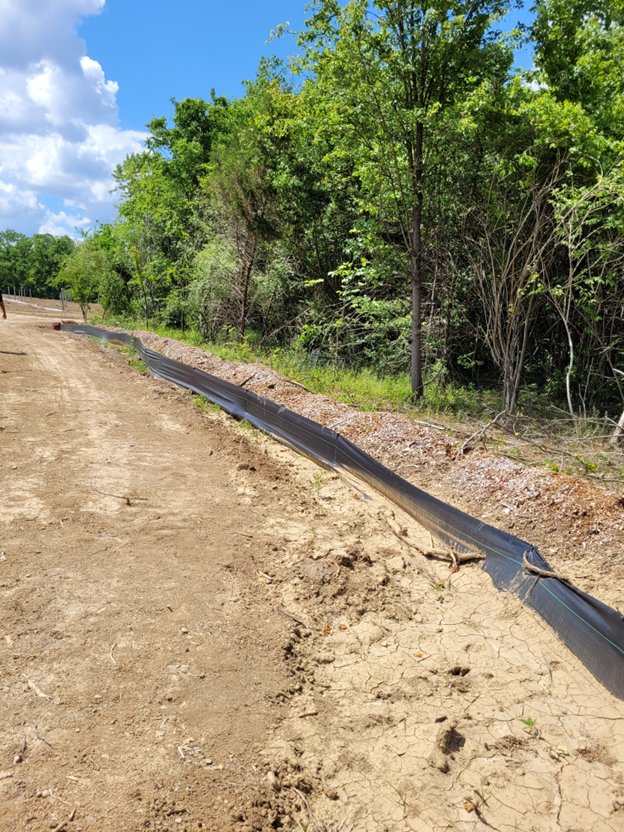
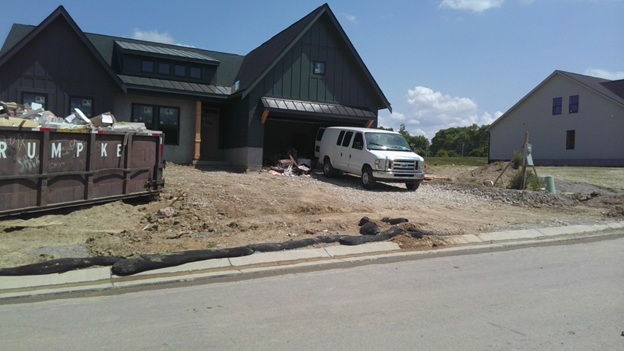
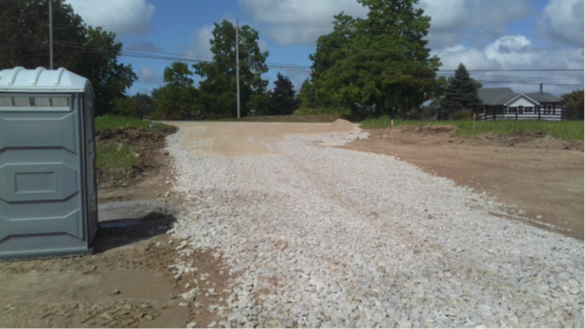
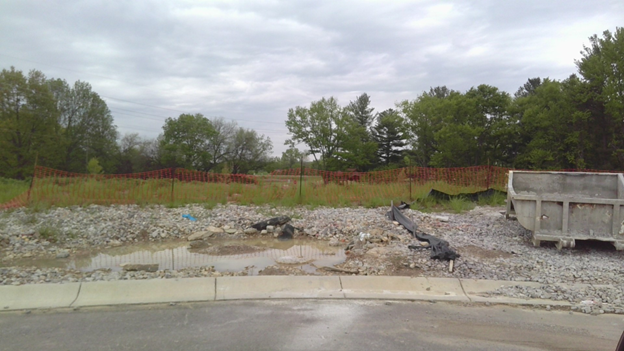
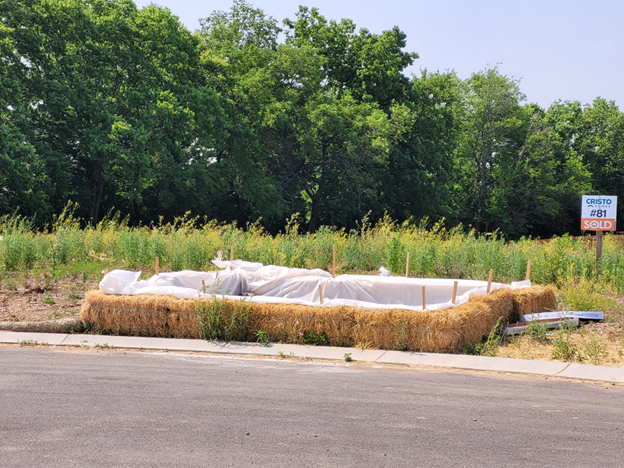
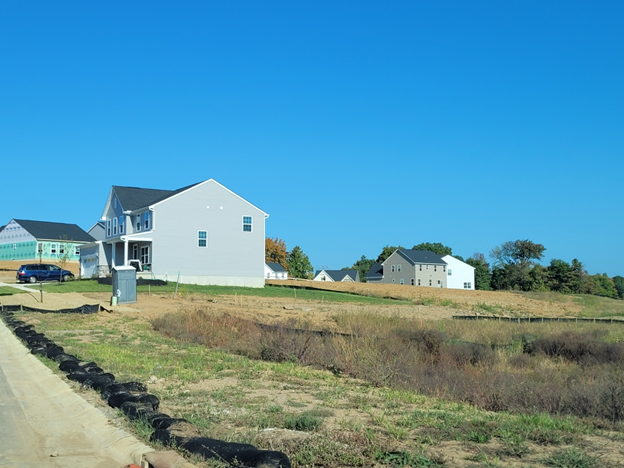
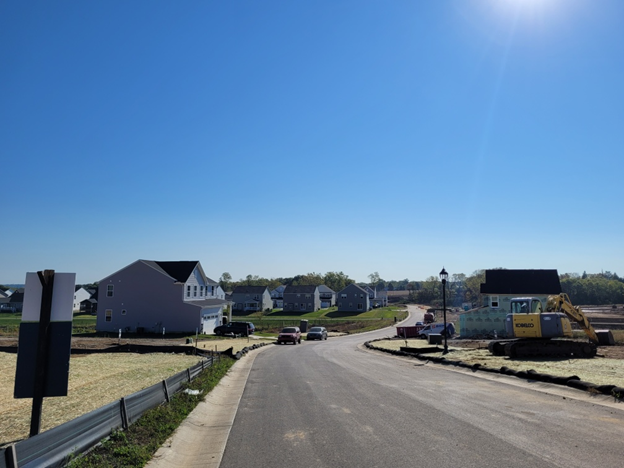
 RSS Feed
RSS Feed
